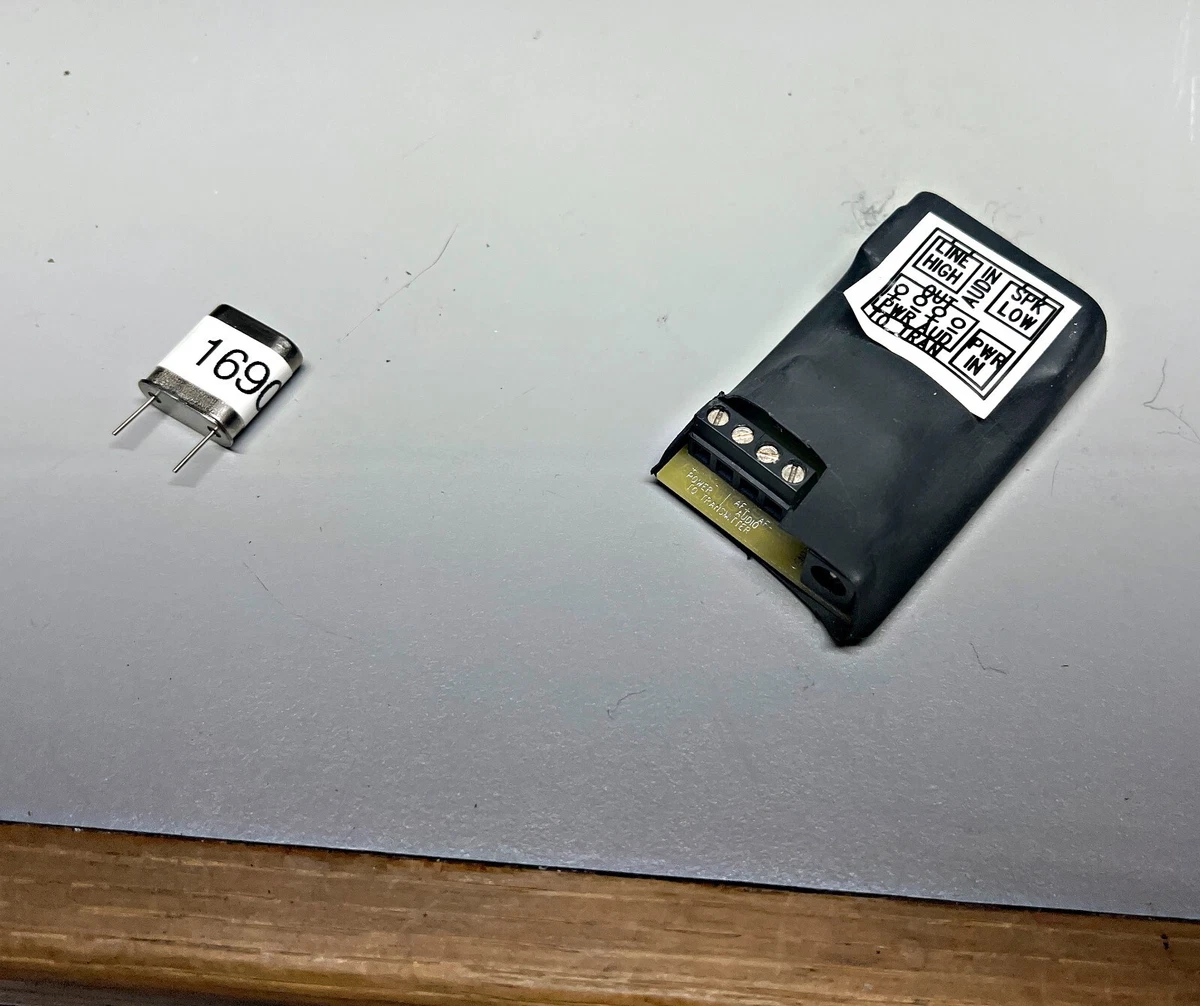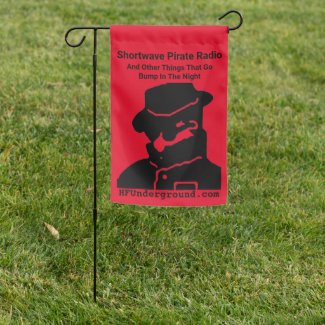1
Part 15 AM and FM Station Operation / Re: Tunnel Radio: How Signals Reach Drivers Underground? RW rip...
« on: June 14, 2025, 0325 UTC »
This is a really cool find! (imo)
Ths video is a year old but in it they talk about a 10 mile long tunnel radio system project in the late 1990s that involved 117 different frequencies for underground communications. Nothing like this had been attempted before, big companies like Honeywell and Nada(?) tried, but the ones that came up with a working solution was these two guys of CanAm Technologies a Canadian company; "leading specialists in communication systems for tunnels and other enclosed environments". The two are interviewed by the host here.
Now two of those frequencies involved the broadcast band, and that's where the part 15 AM and FM comes in.
In the late 90s they took on a project for the ten mile long tunnel undet the city of Boston on Intetstate 90 I think. Part of the objective included communication for the drivers. So they set it up the entire 10 mile stretch of tunnel for drivers going Eastbound would tune into the AM broadcast, while those going West tuned to FM (or visa versa), so the information provided would correspond. He also goes into some detail about the leaky cable design and so forth.
It's a long video, I guess the most interesting is between about the 12 minute mark until about 30 min. But I'm going to have to watch it again cause I feel like I may have missed something.
https://youtu.be/WCm0mTjP0Bo?si=coFmuPA8H4IxX4hy
In this riveting seventh episode of Das Talk Podcast, host Peter sits down with Victor Bermudez and Michael Martinez from CanAm Technologies, leading specialists in communication systems for tunnels and other enclosed environments. The conversation delves deep into the nuances and challenges of creating robust communication infrastructures where conventional methods fall short.
Key Takeaways:
Innovative Use of AM and FM Signals: CanAm Technologies leverages both AM and FM radio signals uniquely to ensure that emergency communications reach drivers within tunnels...."
Ths video is a year old but in it they talk about a 10 mile long tunnel radio system project in the late 1990s that involved 117 different frequencies for underground communications. Nothing like this had been attempted before, big companies like Honeywell and Nada(?) tried, but the ones that came up with a working solution was these two guys of CanAm Technologies a Canadian company; "leading specialists in communication systems for tunnels and other enclosed environments". The two are interviewed by the host here.
Now two of those frequencies involved the broadcast band, and that's where the part 15 AM and FM comes in.
In the late 90s they took on a project for the ten mile long tunnel undet the city of Boston on Intetstate 90 I think. Part of the objective included communication for the drivers. So they set it up the entire 10 mile stretch of tunnel for drivers going Eastbound would tune into the AM broadcast, while those going West tuned to FM (or visa versa), so the information provided would correspond. He also goes into some detail about the leaky cable design and so forth.
It's a long video, I guess the most interesting is between about the 12 minute mark until about 30 min. But I'm going to have to watch it again cause I feel like I may have missed something.
https://youtu.be/WCm0mTjP0Bo?si=coFmuPA8H4IxX4hy
In this riveting seventh episode of Das Talk Podcast, host Peter sits down with Victor Bermudez and Michael Martinez from CanAm Technologies, leading specialists in communication systems for tunnels and other enclosed environments. The conversation delves deep into the nuances and challenges of creating robust communication infrastructures where conventional methods fall short.
Key Takeaways:
Innovative Use of AM and FM Signals: CanAm Technologies leverages both AM and FM radio signals uniquely to ensure that emergency communications reach drivers within tunnels...."





